“The Baltimore Francis Scott Key Bridge take-down was a trillion-dollar costly event, ongoing, and yet all culpable persons remain unnamed, kept totally anonymous, with some reportedly having been slyly ‘escaped’ from the country! There is, in fact, zero publicly-verifiable evidence that any genuine Captain, Pilots or Crew ever existed: Was DALI a remote-controlled ghost-ship on kamikazee mission from its outset? No waves or creaking metal nor splash-down sounds at all were recorded nor (initially) noted by any (reportedly) nearby persons; cameras recorded zero shaking, seismometers measured zero vibration. Anomalies and oddities galore overwhelm the aftermath, beguile reason, confound explanation. No interviews exist with supposed survivors; “family and friends” etc interviews reveal ‘dupers-delight’ micro-facial-expressions with other hallmarks suggestive of fraud. No verifications of any supposed deaths have yet been publicized. Rampant is the extremely suspicious damage with blatantly visible, verifiable anomalies (including massive, five-storys tall fireballs in both original night-time videos) totally inexplicable (and wholly ignored) by official theory or story. Grand payola galore is already underway with loads more coming. This event appears to involve another shabby yet audacious crime, militarized from gov to salvage to rebuild. There was no rescue skiff on scene as required by OSHA. No horn blasts from ship warned of imminent collision. The DALI ship departed despite (supposed) dire electrical problems, illegal at any time and even more highly unusual in the cold, dark night-time (part #94, first ‘after-sundown departure’ in two years). It goes on and on and on. Criminal was this manufactured event, through and through, and that’s before considering the absurd number of other anomalies ignored by the complicit, owned, ‘kept-pet’ mass-media…”
Part #91 adapted from a video comment.
Don’t miss the apparent precursor Tampa Bay Sunshine Skyway Bridge take-down test-run in 1981.
Index . Oddity List . Official Story . Summary
Fracture Critical ?? Original construction photos prove FSK bridge holds itself up by design, even with only one of the two main pillars – the complete collapse required multiple strike points
“The bridge is fracture critical”
Word-salad.
Original construction photos prove the bridge holds itself up by design, on only one of its two main pillars.
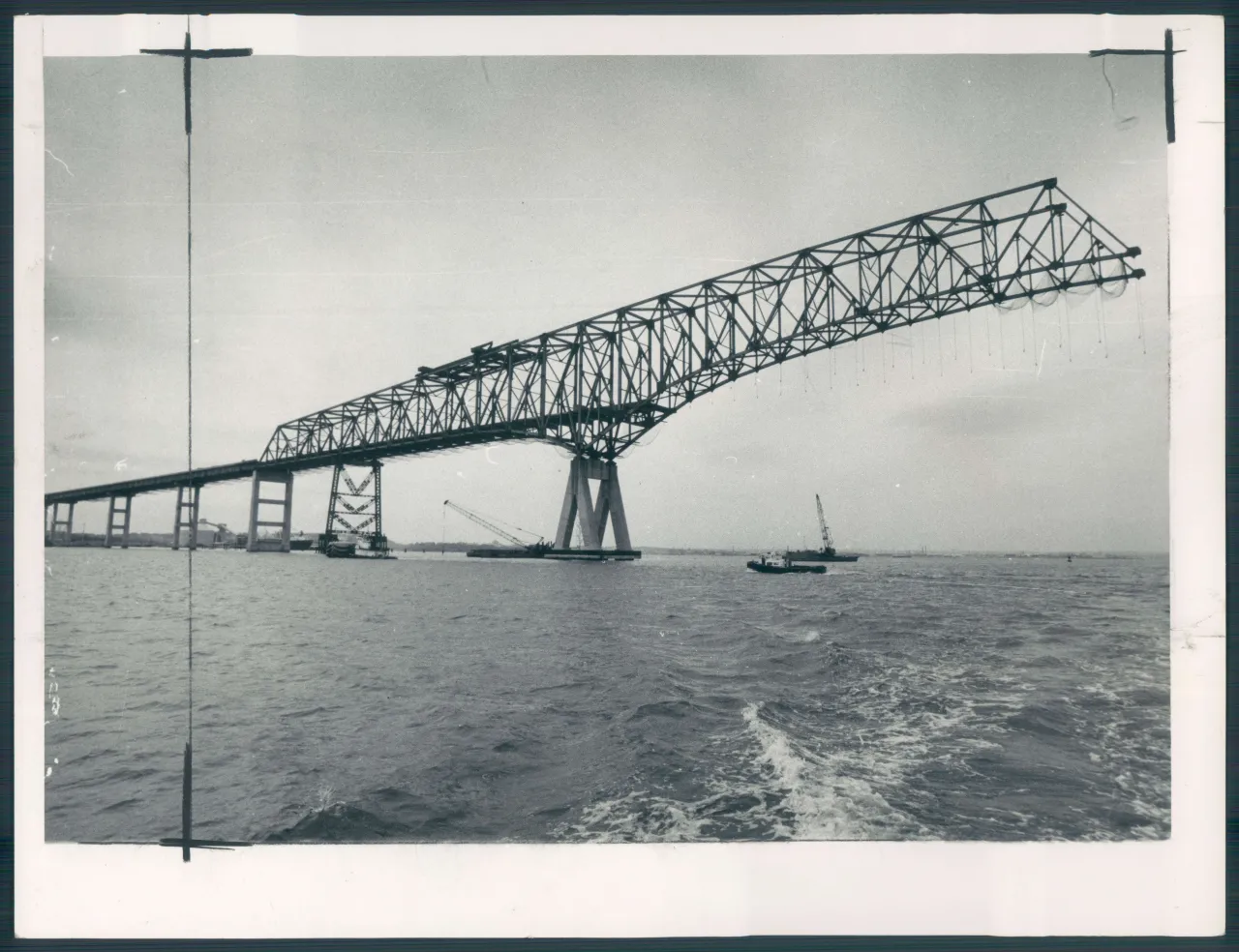


See also Part #28
See also Part #65
PDF – AISC American Institute Steel Construction 1978 Prize Bridges Awards
PDF – Francis Scott Key Bridge – Bridges and Tunnels
PDF – Francis Scott Key Bridge (Outer Harbor Crossing)
Just because someone says it doesn’t make it true. Believe their words or your own eyes?
Realize NTSB follows orders, including orders to omit or distort. Truth is not their master.
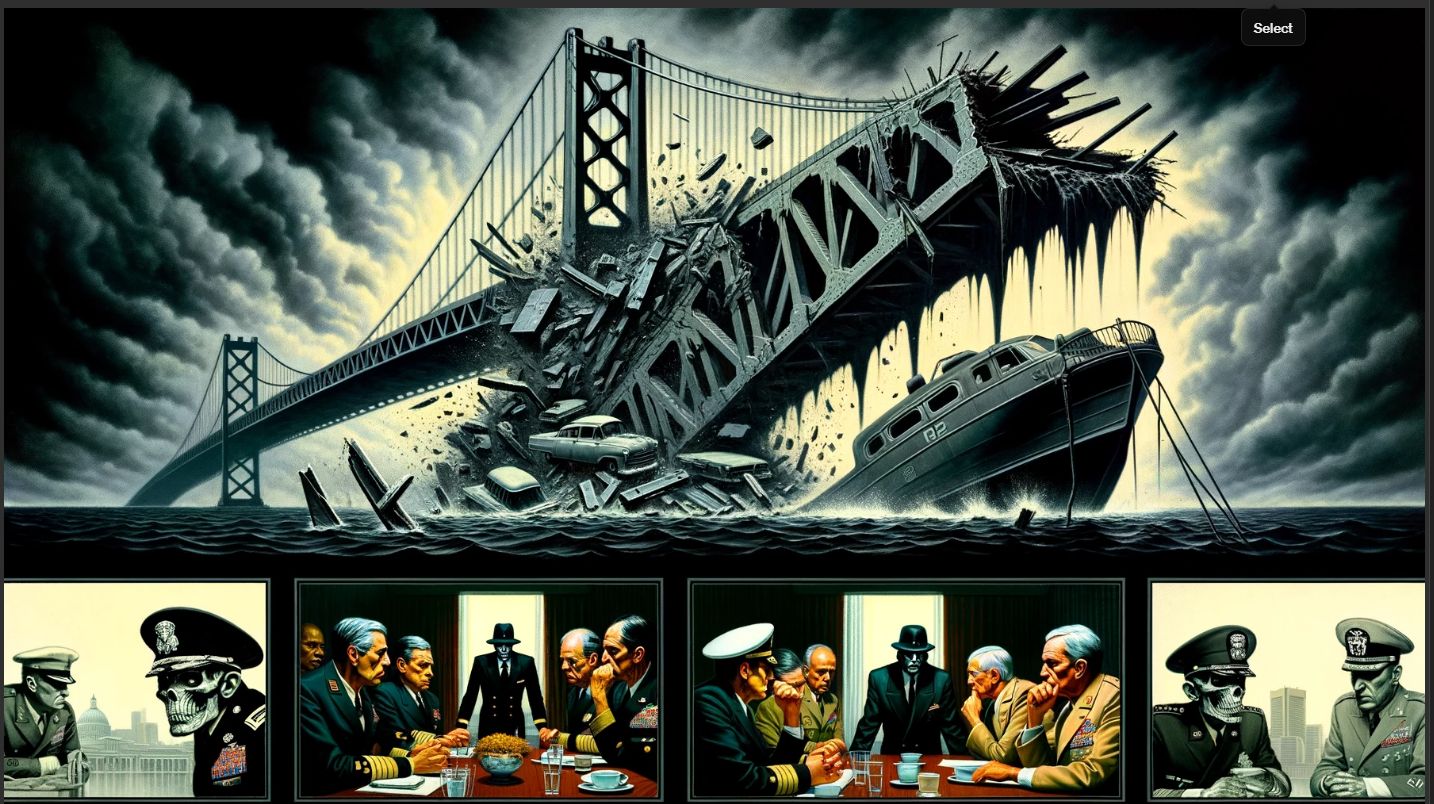
FSK Bridge collapsed due to DEW
The reason the bridge collapsed is because it was cut in several places with Directed Energy Weapons. There is no escaping this. Anyone with eyes can see the orange-hot fiery outbursts in both versions of the original night time footage, both the main streamtimelive and the b-roll shot by toby trespassers. Clearly, ‘the emperor has no bridge!’
DEW melted the steel support girders, causing the trusswork to collapse; apparently, much of the material went missing (dissolved or disintegrated by the beam weaponry, as seen before at WTC in NYC on 911).
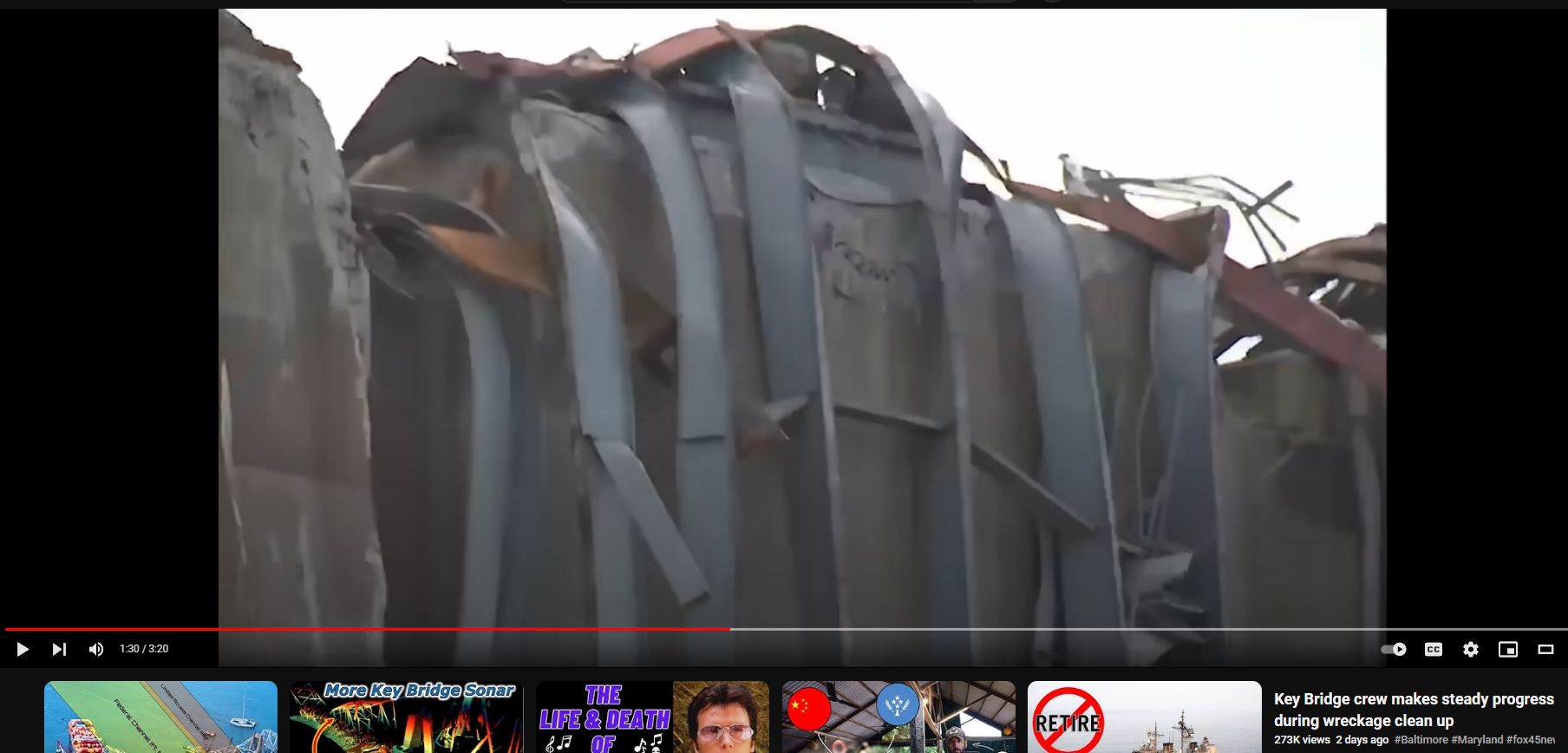
“Fracture Critical” in Bridge Design
**Fracture critical** is a term used in bridge design and civil engineering to describe a component or a member of a structure whose failure would lead to the collapse of the entire structure or a significant part of it. In the context of bridges, a fracture-critical member (FCM) is a structural element whose failure would result in the collapse of the bridge or its significant portion. These members do not have sufficient redundancy, meaning that if one fails, there is no alternative load path to take over the stress.
Characteristics of Fracture-Critical Bridges
– **Lack of Redundancy:** Fracture-critical bridges lack redundant load paths. This means there are no additional supports that can take over if one component fails.
– **Inspection and Maintenance:** These bridges require rigorous inspection and maintenance schedules to ensure that the critical members remain intact and free from defects that could lead to catastrophic failure.
– **Design Considerations:** Engineers must carefully design and monitor fracture-critical bridges, taking into account the potential for stress concentrations, fatigue, and other factors that could contribute to failure.
History and Origin of the Term
The concept of fracture-critical members gained prominence in the 1960s and 1970s, particularly following several high-profile bridge failures. One notable incident was the collapse of the Silver Bridge over the Ohio River in 1967, which resulted in 46 deaths. The failure was attributed to a fracture-critical member, prompting a reevaluation of bridge design and inspection practices.
The term “fracture critical” was formalized during this period as engineers and researchers sought to address the vulnerabilities in bridge design. The American Association of State Highway and Transportation Officials (AASHTO) and other organizations began incorporating the term into their guidelines and standards for bridge design and inspection.
Coining of the Term
While it is challenging to pinpoint the exact individual who coined the term “fracture critical,” it emerged from the collective efforts of the engineering community in response to the increasing awareness of structural vulnerabilities. The term evolved through studies, reports, and guidelines developed by various organizations, including AASHTO and the Federal Highway Administration (FHWA).
Importance in Modern Bridge Engineering
Today, the concept of fracture-critical members remains crucial in bridge engineering. Modern design practices often aim to minimize the number of fracture-critical members by incorporating redundancy and alternative load paths. However, many existing bridges still have fracture-critical components, making their inspection and maintenance vital for public safety.
In summary, “fracture critical” refers to key structural components whose failure would lead to the collapse of a bridge, emphasizing the importance of rigorous design, inspection, and maintenance practices to ensure the integrity and safety of bridge structures.
Steel cracks and shatters when overstressed; it never bends smoothly to new form without heat
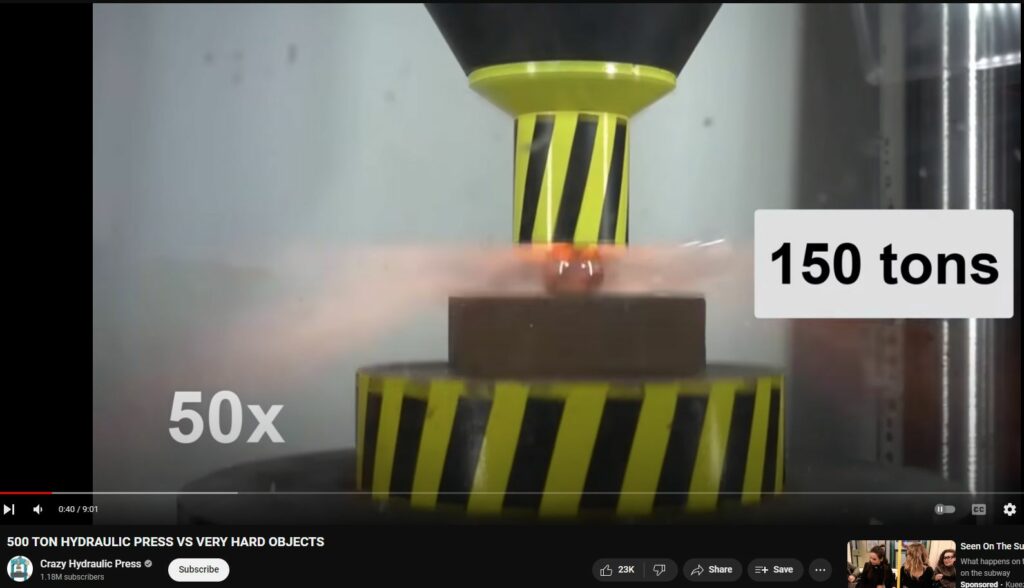
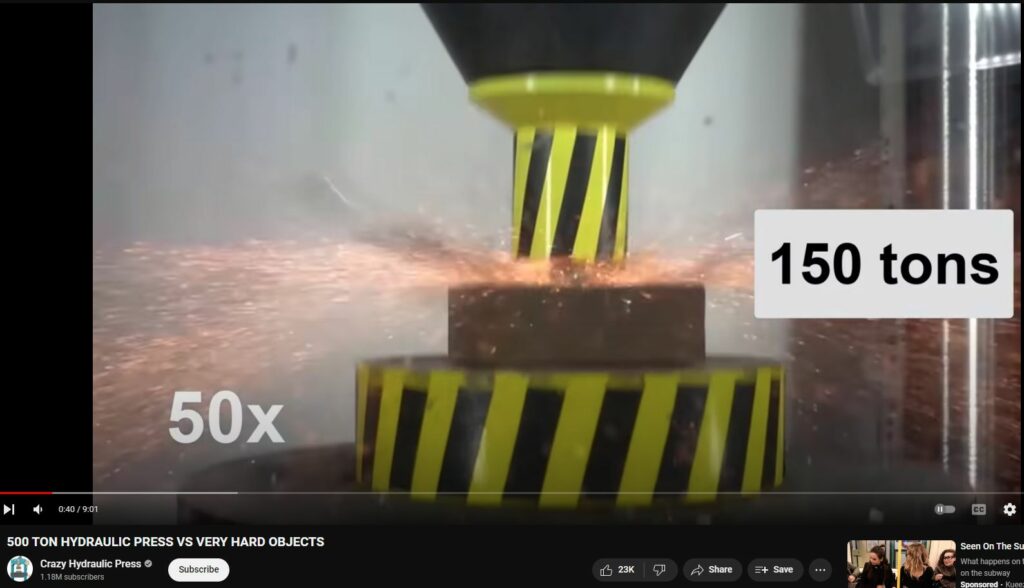
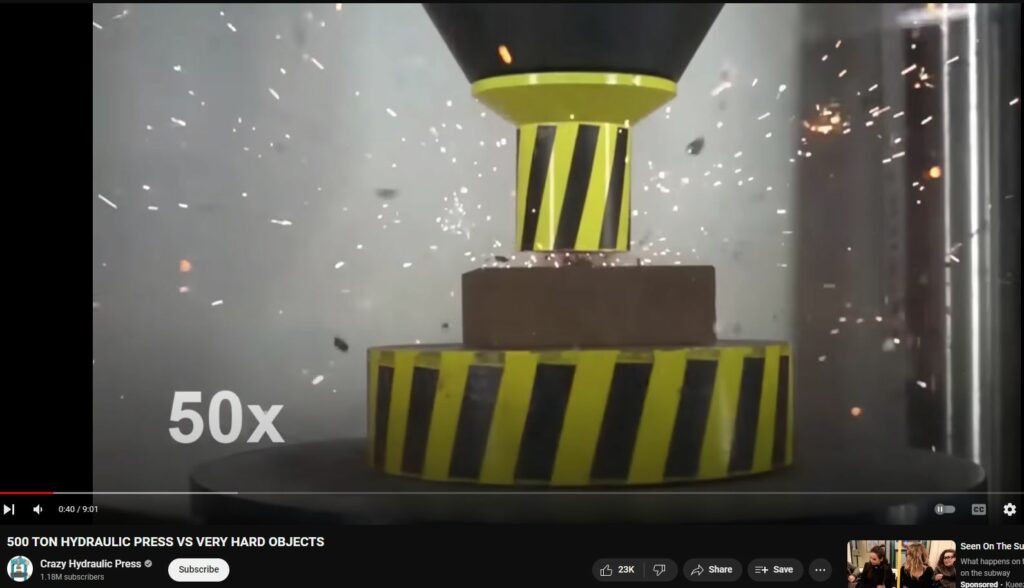
This combination design that includes trusswork was not chosen for weakness or unknowns but instead for proven strength. Believe your own eyes.